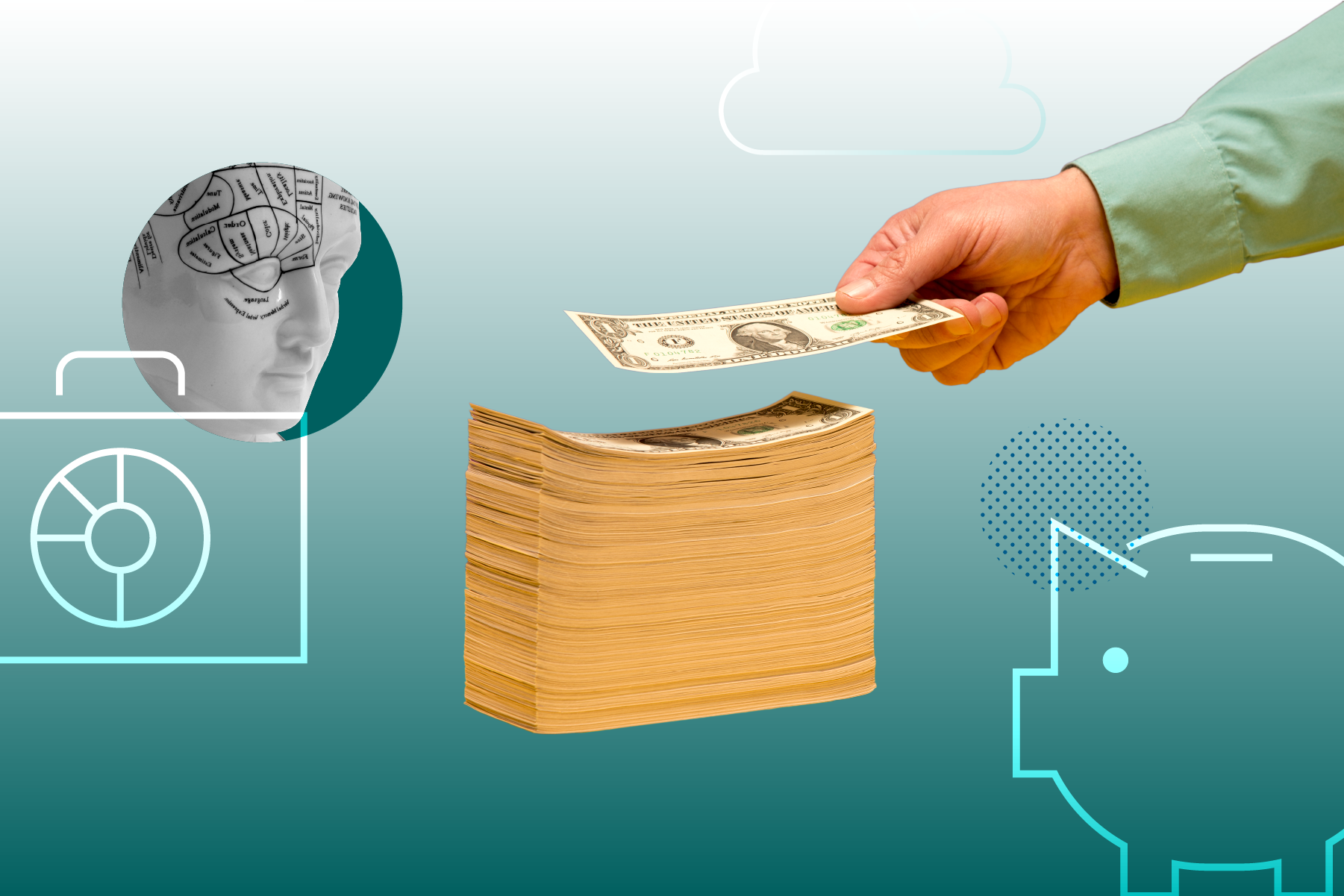How Ethical Is Automatic Enrollment in Retirement Plans?
We explore how people view the ethics of this feature.

It's no industry secret that automatically enrolling employees in a workplace retirement account has been successful in increasing the number of people saving for their retirement. And due to this success, the adoption of automatic-enrollment workplace retirement plans has grown over time.
This intervention, however, entails a particular trade-off: People outsource some agency over a key domain of their life, finances (that is, the decision to save for retirement), in exchange for a particular beneficial outcome: a retirement savings account. In other words, by being automatically enrolled into a retirement plan, employees receive the benefits of retirement savings at the sacrifice of the choice to enroll.
Although widely implemented, no studies--to my knowledge--have assessed how employees feel about such interventions. To find out, I designed an experiment in which people evaluated retirement plans based on their enrollment feature: opt-in vs. automatic enrollment vs. automatic enrollment with automatic escalation (I will refer to this enrollment feature as automatic escalation for brevity).
The Study
The data came from 1,390 U.S. adults recruited via Prolific. This study was administered directly after an unrelated experiment on investment decision-making (the experiment did not influence any variables considered in this study).
Participants completed three tasks. First, they ranked 16 features a retirement plan might have in the order they find most important to them (included were automatic enrollment and automatic escalation). Participants then read descriptions of opt-in, automatic-enrollment, and automatic-escalation features and rated retirement plans with each feature on six dimensions:
- how ethical the plan is;
- how fair the plan is;
- whether the plan gives people freedom to choose how to use their money;
- how effective the plan is at helping people prepare for retirement;
- whether the plan serves the employees' best interests; and
- whether the plan oversteps the authority of the company.
Third, participants ranked retirement plans from their most to their least preferred based on the plan's enrollment feature. For more details on the study and its methodology, see the main report.
The results of this experiment offer some valuable insight into the retirement plan features people prioritize and how they evaluate behavioral interventions designed to help them. We extracted a few lessons from the findings and how they can apply to plan sponsors.
1. Automatic Enrollment and Automatic Escalation Do Not Seem to Be Priorities
Participants ranked automatic enrollment and automatic escalation fairly low in the ranking task. The median rank for automatic enrollment was 10 (Mean = 9.23, SD = 4.36, Mode = 14 of 16). Automatic escalation received slightly lower rankings: The mean, median, and modal ranks, respectively, were 10.43 (SD = 3.96), 11, and 14 (of 16).
The features that people tended to desire included an employer match, the reputation of the company managing the investments, and the choices of investments.
The lesson: People care more about what they're enrolled into than how they're enrolled into it.
People emphasize the benefits they can get out of their retirement plan (for example, “free money” from employer match) over how they get enrolled into it. Plan sponsors may consider employee sentiment of the features of a retirement plan prior to automatically enrolling them into it.
2. People Notice a Trade-Off in Automatic Enrollment and Automatic Escalation
Participants in the study rated retirement plans with automatic enrollment and with automatic escalation to be less ethical on average than plans with opt-in enrollment. Yet, they also rated plans with automatic enrollment or with automatic escalation as being more effective in helping people save for retirement than plans with opt-in enrollment. In other words, people are seeing that automatic-enrollment plans may be effective in boosting savings but find the ethical foundations to be murkier than the less-effective opt-in feature.
The trade-off between ethics and efficacy in automatic enrollment translated into choice. When pitted against each other, ethics predicted the selection of any type of automatic-enrollment plan as preferred. In fact, the effect of ethics was pretty strong: For every unit increase in the measure of an automatic-enrollment feature’s ethics, the probability of preferring a retirement plan with this enrollment feature increased by almost seven (odds ratio = 6.87, p < .0001).
Lastly, ranks of retirement plans based on their enrollment features revealed a similar trend: A small majority of the sample (50.87%) preferred plans with opt-in enrollment over plans with automatic enrollment (27.03% of the sample ranked this as their top choice) or automatic escalation (21.73% of the sample ranked this as their top choice).
The lesson: People would rather choose to save for retirement than choose not to save.
On the surface, opt-in and automatic enrollment both offer the same dichotomy of choices: You either select to deposit some money into a retirement fund (or not). The architecture of the choices, however, differs. Whereas an opt-in enrollment centers around the choice to save (that is, the employee chooses to save for retirement), automatic-enrollment plans offer the choice not to save (that is, the employee chooses to stop saving). When given both options, people seem to prefer to have the decision to save. Still, because perceptions of the plans were related to preferences of plan features, it is possible that changing employees' feelings about a retirement plan may increase their acceptance of it.
3. Automatic Enrollment (and Automatic Escalation) Are Still Seen Positively
Despite the differences in perceptions outlined above, people still felt pretty positive about automatic-enrollment and automatic-escalation plans. Specifically, average scores on ethics were largely around the midpoint of the scale, suggesting a general neutral to positive sentiment.
The lesson: The cost of the ethical trade-off of automatic enrollment is small enough for most people to be satisfied with these plans. This small "price" that people are willing to pay to save is perhaps why the use of the automatic-enrollment feature has risen.


/cloudfront-us-east-1.images.arcpublishing.com/morningstar/O26WRUD25T72CBHU6ONJ676P24.png)
/cloudfront-us-east-1.images.arcpublishing.com/morningstar/U772OYJK4ZEKTPVEYHRTV4WRVM.png)